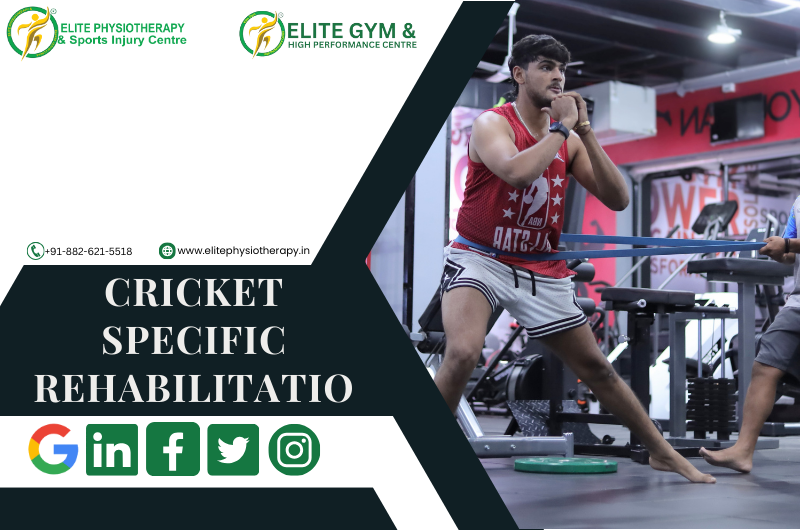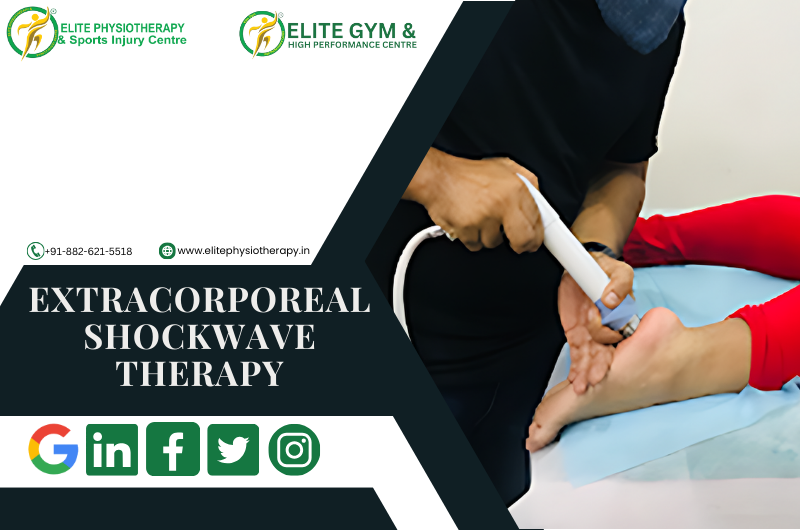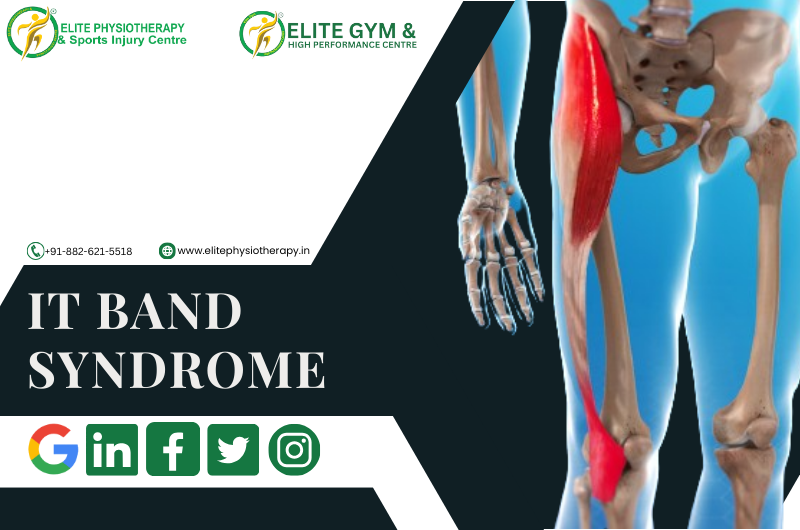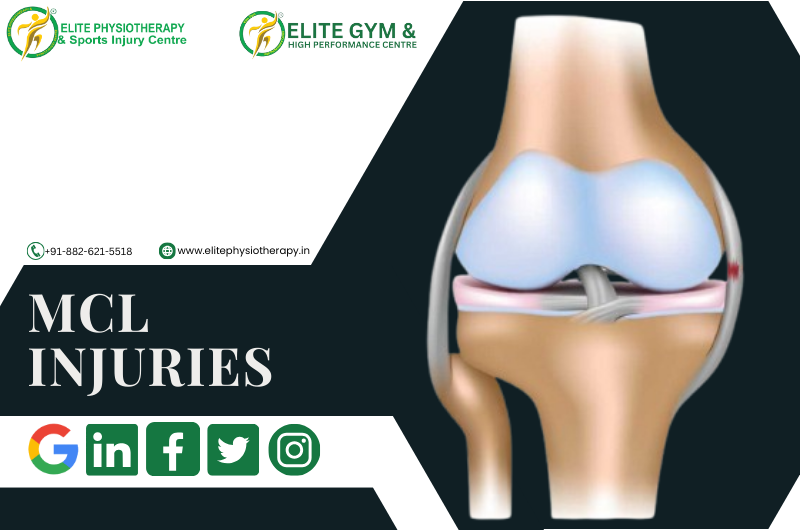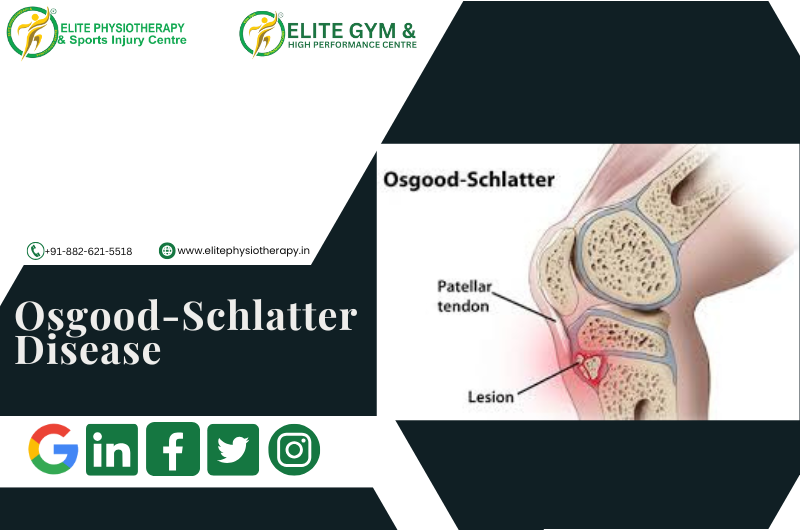Introduction:
The sport of cricket requires a special combination of strength, endurance, agility, and accuracy. Because cricket-specific actions are repeated, there is a higher chance of injury for all players—batsmen, bowlers, and wicketkeepers. Because we are knowledgeable about cricket biomechanics, we at Elite Physiotherapy and Sports Injury Centre provide tailored rehabilitation programs to help players of all skill levels recover and compete at their best.
Understanding Common Cricket Injuries
Cricket injuries vary depending on the player’s role and playing style. Some of the most common injuries include:
- Fast bowlers: High-impact bowling motions can cause stress fractures, lumbar spine injuries, rotator cuff strains, and knee ligament injuries.
- Batsmen: Lower back problems, wrist injuries, hamstring strains, Golfer’s elbow or Tennis elbow, and side strains brought on by rapid sprints and repeated rotations.
- Wicketkeepers: Constant squatting and abrupt movements can cause knee stress injuries, hamstring strains, and finger dislocations.
- Fielders: Contusions from diving catches and throwing motions, shoulder dislocations, and ACL injuries.
Key Elements of Cricketer-Specific Rehabilitation
1. Accurate Injury Assessment
A detailed evaluation is crucial to understanding the severity and cause of the injury. At Elite Physiotherapy and Sports Injury Centre, we conduct:
- Biomechanical analysis
- Functional movement screening
- Muscle strength and flexibility testing
2. Personalized Treatment Plan
Each rehabilitation program is tailored based on the injury type and the player’s role in the game. Our approach includes:
- Pain management: methods to lessen pain and inflammation include manual therapy, cryotherapy, and electrotherapy.
- Mobility and Flexibility Training: Restoring the full range of motion through dynamic stretching and proprioceptive exercises is known as mobility and flexibility training.
- Strength and Conditioning: Strength training tailored to a particular sport to improve muscle endurance and prevent potential injuries.
- Core Stability Training: Core stability training strengthens the core muscles to support the spine and enhance overall agility and balance.
3. Sport-Specific Training and Return-to-Play Protocols
A cricketer’s rehabilitation is incomplete without a gradual return to training. Our experts incorporate:
- Bowling workload monitoring helps avoid stress-related injuries.
- Batting drills with modified intensity to increase stamina without overtaxing the affected region.
- Agility drills for fielders and wicketkeepers to regain coordination and reaction speed.
- Match simulation training to ensure confidence and readiness before returning to competitive cricket.
Injury Prevention Strategies for Cricketers
- Proper Warm-Up & Cool-Down: Stretches that are dynamic before training and static afterward might assist ease tense muscles.
- Strength and Conditioning Programs: Exercise regimens tailored to cricket enhance muscle stamina and resistance to injury.
- Load management is preventing overuse and making sure you get enough sleep in between workouts.
- Proper Technique: Training modifications help prevent repetitive strain injuries.
- Hydration and Nutrition: To aid with muscle healing, drink enough water and eat a diet low in inflammation.
Why Choose Elite Physiotherapy and Sports Injury Centre?
Our specialty at Elite Physiotherapy and Sports Injury Centre is cricketer-specific rehabilitation, fusing practical experience with scientific data to guarantee a quicker and safer recovery. Whether you play cricket professionally, want to play, or just enjoy sports, our sports physiotherapists are dedicated to helping you get back on the field stronger and without injuries.
Make an appointment with us right now to advance your skills if you need performance-enhancing training or are dealing with any cricket-related injuries.

